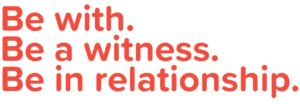(as of April 6)
At Babies Project, we talk (a lot) to parents and other caregivers about the importance of helping their babies transition from their active periods, where their attention is directed outward, to a more inner focus, where they can rest and integrate their experiences. We teach them “baby ball,” a way of holding their baby to support them in this cycling inward. In baby ball, a baby can gather into themself within the enveloping, living container of their caregiver’s body and arms.
As always, what we teach about babies applies to humans at every stage of development. … Read more
* * *


